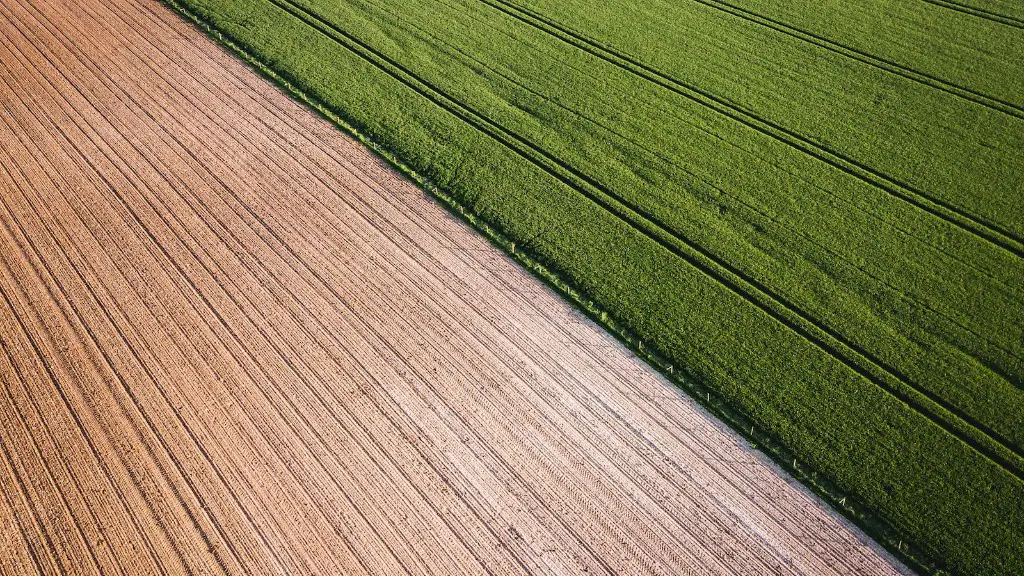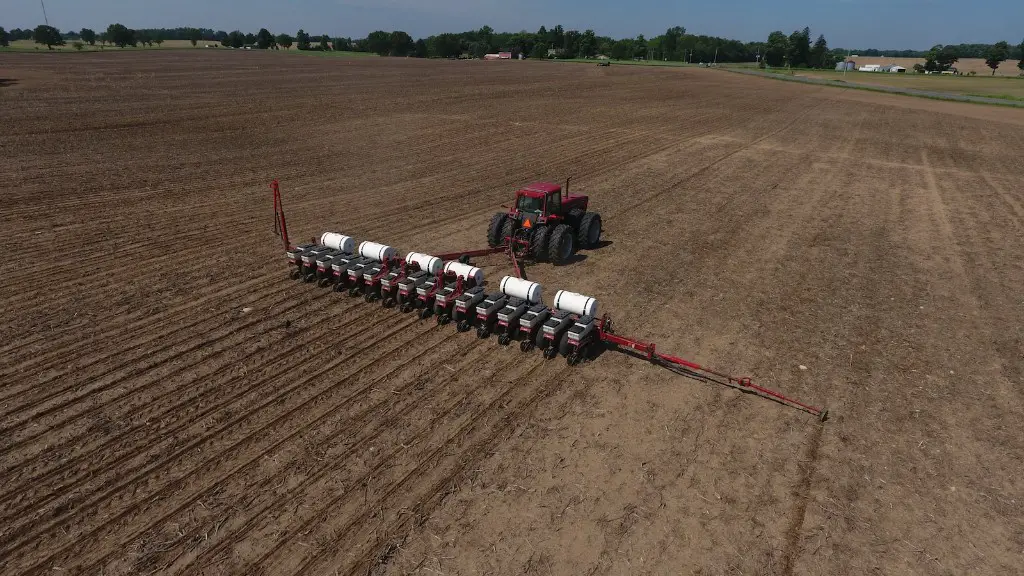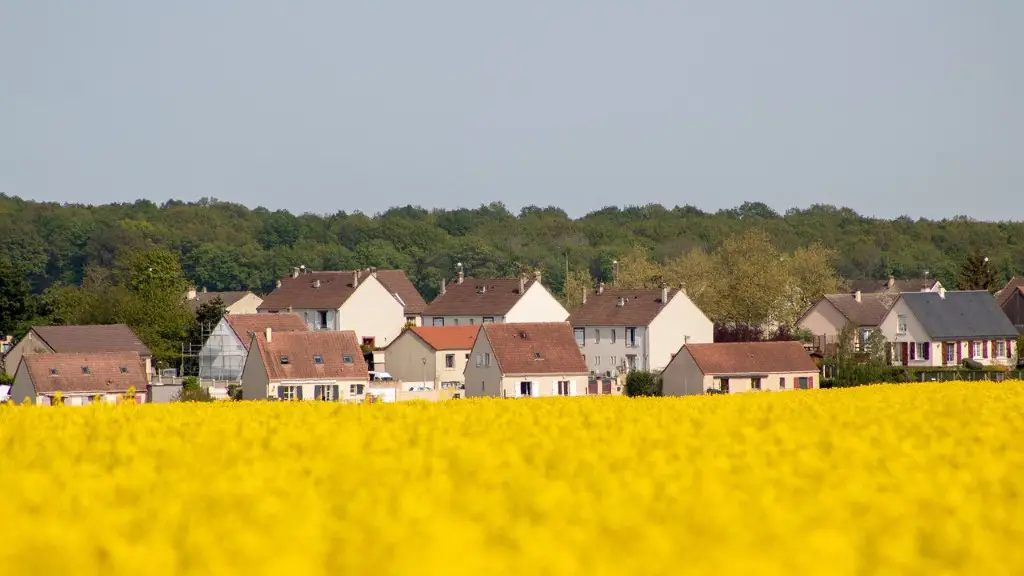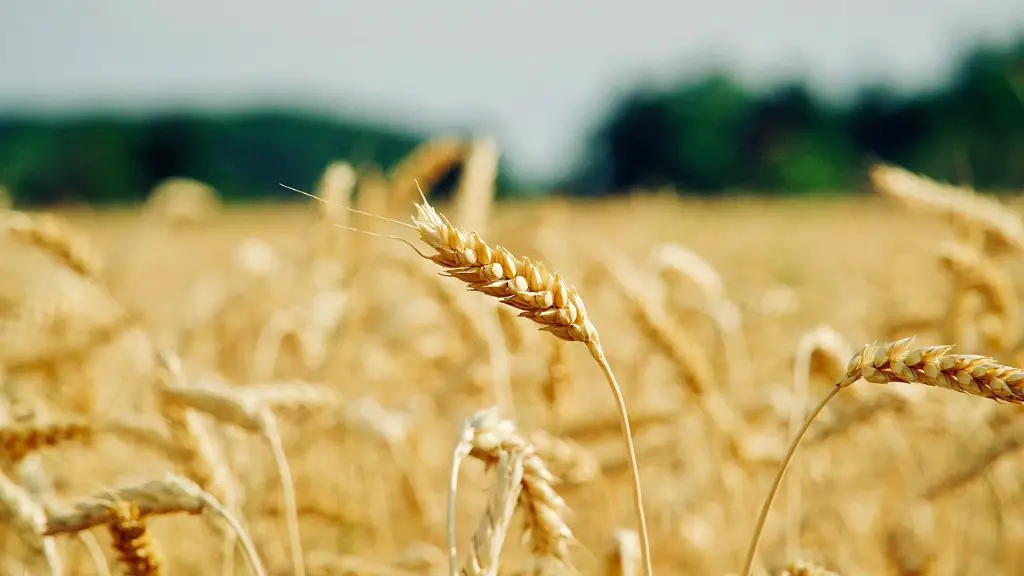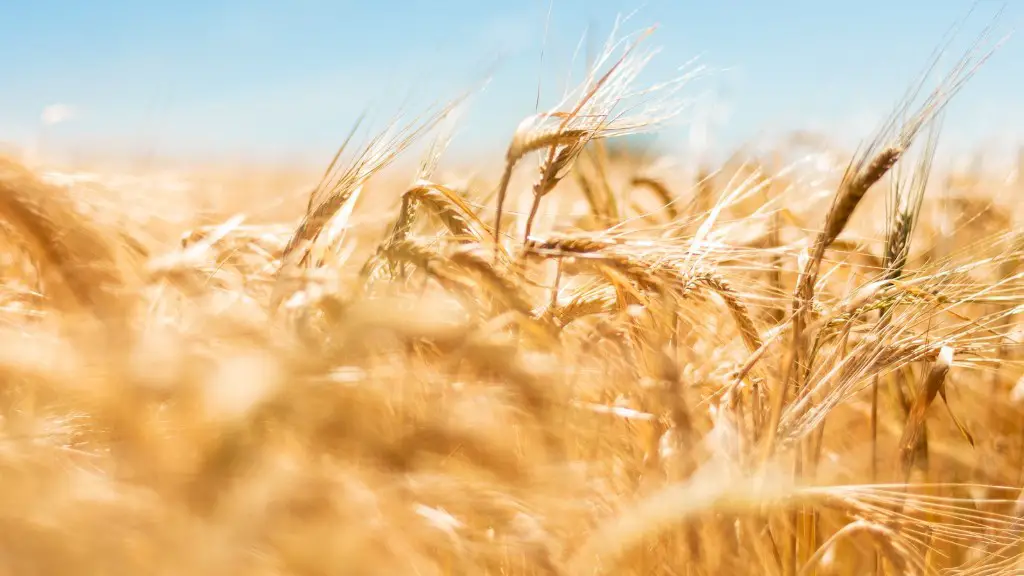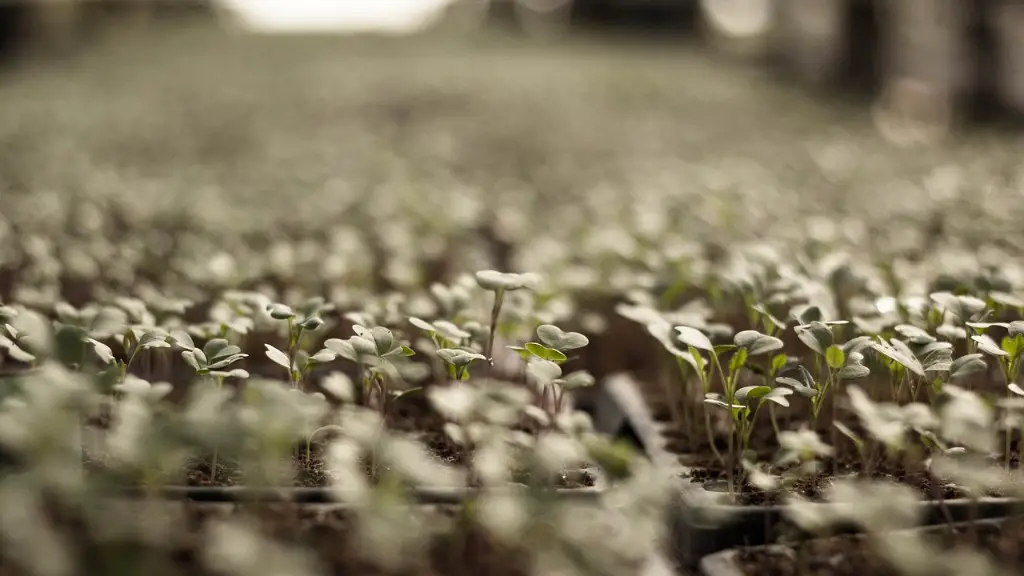In horticulture, plants are grown for aesthetic purposes and for the production of edible fruits, vegetables, and nuts. This branch of agriculture includes the study and cultivation of fruits, vegetables, flowers, and ornamental plants.
Horticulture is a branch of agriculture that deals with the cultivation of plants, fruits, and vegetables. It also includes the ornamental plants used in landscaping.
What is an example of horticulture?
Horticultural crops are typically grown on a smaller scale than agronomic crops and with more intensive management. Some horticultural crops are grown for aesthetic enjoyment and recreation. Examples of horticultural crops include vegetables, fruits, flowers, ornamentals, and lawn grasses.
Horticulture is the science and art of the development, sustainable production, marketing and use of high-value, intensively cultivated food and ornamental plants. Horticultural crops are diverse, including: annual and perennial species, fruits and vegetables, decorative indoor plants and more.
What are the 3 areas of horticulture
Pomology is the study and cultivation of fruit and nut crops, while olericulture deals with the study and cultivation of vegetables. Ornamental horticulture covers the cultivation of plants for decorative purposes. Each of these areas requires different knowledge and skills, and all three are important to the horticulture industry as a whole.
The word horticulture is derived from the Latin words hortus (garden plant) and cultura (tilling the soil). Horticulture includes ornamental and food plants that are grown with intensive and individualized care, and often in a small space rather than in an expansive field.
What are the 4 types of horticulture?
Olericulture, pomology, viticulture, and floriculture are all types of horticulture, which is the science and art of growing plants. Olericulture is the production of vegetables, pomology is the production of fruits and nuts, viticulture is the production of grapes, and floriculture is the production of flowering and ornamental plants.
A horticulturist is a professional who helps farmers and agriculturalists cultivate plants. They use their knowledge of botany and agriculture to improve cultivation techniques. This can include anything from providing information on the best time to plant certain crops to helping farmers troubleshoot problems they are experiencing with their plants.
Is there a difference between horticulture and gardening?
Horticulture is the branch of agriculture that deals with the cultivation of plants for food, ornament, and utility. It is divided into four main types: pomology, olericulture, floriculture, and landscape horticulture.
Pomology is the cultivation of fruit trees. Olericulture is the cultivation of vegetables. Floriculture is the cultivation of flowers. Landscape horticulture is the cultivation of plants for landscape purposes.
A Horticulturist is a professional who is responsible for the cultivation of plants. They are responsible for increasing yield, improving vigor, size, and taste of plants. They also coordinate research programs for selective crops. Horticulturists must have extensive knowledge about trees, flowers, vegetables, nuts, bushes, and fruits.
What is another term for horticulture
Farming refers to the activity of cultivating plants and animals for food and other products. The term “farming” can be used to refer to both subsistence farming and commercial farming.
Subsistence farming is a type of farming in which farmers grow enough food to feed themselves and their families. Commercial farming is a type of farming in which farmers grow crops or animals for sale.
Agronomics is the science of soil management and crop production. The term “agronomics” is often used interchangeably with “agriculture.”
Cultivation is the process of preparing land for farming. This includes activities such as plowing, planting, and harvesting.
Culture is the way of life of a group of people. It includes their customs, beliefs, and values.
Horticulture is the study of the science and art of growing plants. It can be a great career opportunity for those with a passion for plants and a desire to help others learn about them. There are many different types of horticulture jobs available, from plant pathologists and consultants to nursery workers and landscape designers. No matter what your interests are, there is sure to be a horticulture career that is right for you.
What crops are grown in horticulture?
Horticultural crops play an important role in human diets and health. They provide essential nutrients, vitamins, and minerals, as well as important medicinal compounds and aromatic compounds. These crops also have esthetic value, and provide pleasing colors, scents, and forms that contribute to our quality of life.
Horticulture crops are an important part of the Indian economy, providing employment and raw materials to various food processing industries. They also contribute to higher farm profitability due to higher production and export earnings from foreign exchange.
Which state is known for horticulture
Uttar Pradesh is India’s top producer of horticultural crops, accounting for 13 percent of the country’s total production in fiscal year 2021. The state’s vast array of horticultural crops includes fruits, vegetables, flowers, and spices. With a rich tradition of agriculture and a favorable climate, Uttar Pradesh is well-suited for growing a wide variety of horticultural crops.
The horticulture industry can be broadly divided into three main areas, based on the type of crops produced and how they are used. These areas are floriculture, olericulture, and pomology. Each of these has a different focus and requires different skills and knowledge.
Floriculture is the production of flowers and ornamental plants. This area of horticulture includes the production of cut flowers, pot plants, and bulbs. Olericulture is the production of vegetables. This includes the production of both fresh and processed vegetables. Pomology is the production of fruits. This includes both the cultivation of trees and bushes, and the production of dried and canned fruits.
Post-harvest technology is a vital part of the horticulture industry. This area includes the storage, transportation, and processing of horticultural products. It is important to have a good understanding of post-harvest technology in order to ensure that fruits and vegetables are kept in good condition and reach the consumer in a fresh and appetizing state.
How many years does it take to study horticulture?
This degree course covers all aspects of horticulture science, from plant breeding and genetics, to crop production and management, to post-harvest physiology and marketing. BSc Horticulture students learn about the latest advances in horticultural science and technologies, and how to apply them in commercial settings. They also gain practical experience in horticultural production systems through field trips and internships.
There are many job opportunities in horticulture for graduates with a background in the field. Some of the most common positions include project manager, gardener, foreman, horticulturist, and horticultural education supervisor. Other positions that are available include assistant manager of human resources and professor/scientist.
Final Words
Horticulture is the science and art of producing fruits, vegetables, flowers, or ornamental plants. It also includes plant conservation, landscape restoration, landscape and garden design, construction, and maintenance, and arboriculture.
Horticulture is a branch of agriculture that deals with the cultivation of plants, fruits, and vegetables. It also includes the study of plant growth and development, as well as the production and marketing of horticultural products.
